Can PPF Be Applied to Older Vehicles or Cars with Existing Paint Damage?
Yes, PPF can be applied to older vehicles, however, the existing paint condition significantly affects the installation quality and effectiveness. Paint protection film doesn't repair or hide existing damage; it acts as a transparent shield that preserves the current paint state.

Key Considerations for Older Vehicles
Paint Assessment Requirements
Before installation, the surface must be thoroughly evaluated for scratches, chips, oxidation, and clear coat failure. PPF will not conceal these imperfections; instead, it may actually accentuate them by creating visual distortions underneath the film. Any significant damage requires paint correction or touch-up work prior to application.
Pre-Installation Preparation
Most used vehicles benefit from paint correction before PPF installation. This ranges from light polishing to address swirl marks and minor scratches, to heavy correction tackling deeper defects and oxidation. Some areas may require spot painting or panel refinishing to achieve optimal results.

Installation Challenges
Older vehicles present unique difficulties including softer or more delicate paint, existing damage requiring careful handling, and potentially non-standard paint thickness from previous touch-ups. These factors demand experienced installers who understand how to work with aged surfaces.
Benefits Despite Age
Even with imperfections, PPF provides valuable protection by stopping additional damage and preserving whatever paint quality remains. This proves especially beneficial for preventing further deterioration while maintaining the vehicle's appearance and potentially enhancing resale value by up to 15-20%.
The key lies in realistic expectations and proper preparation; PPF protects existing conditions rather than improving them.


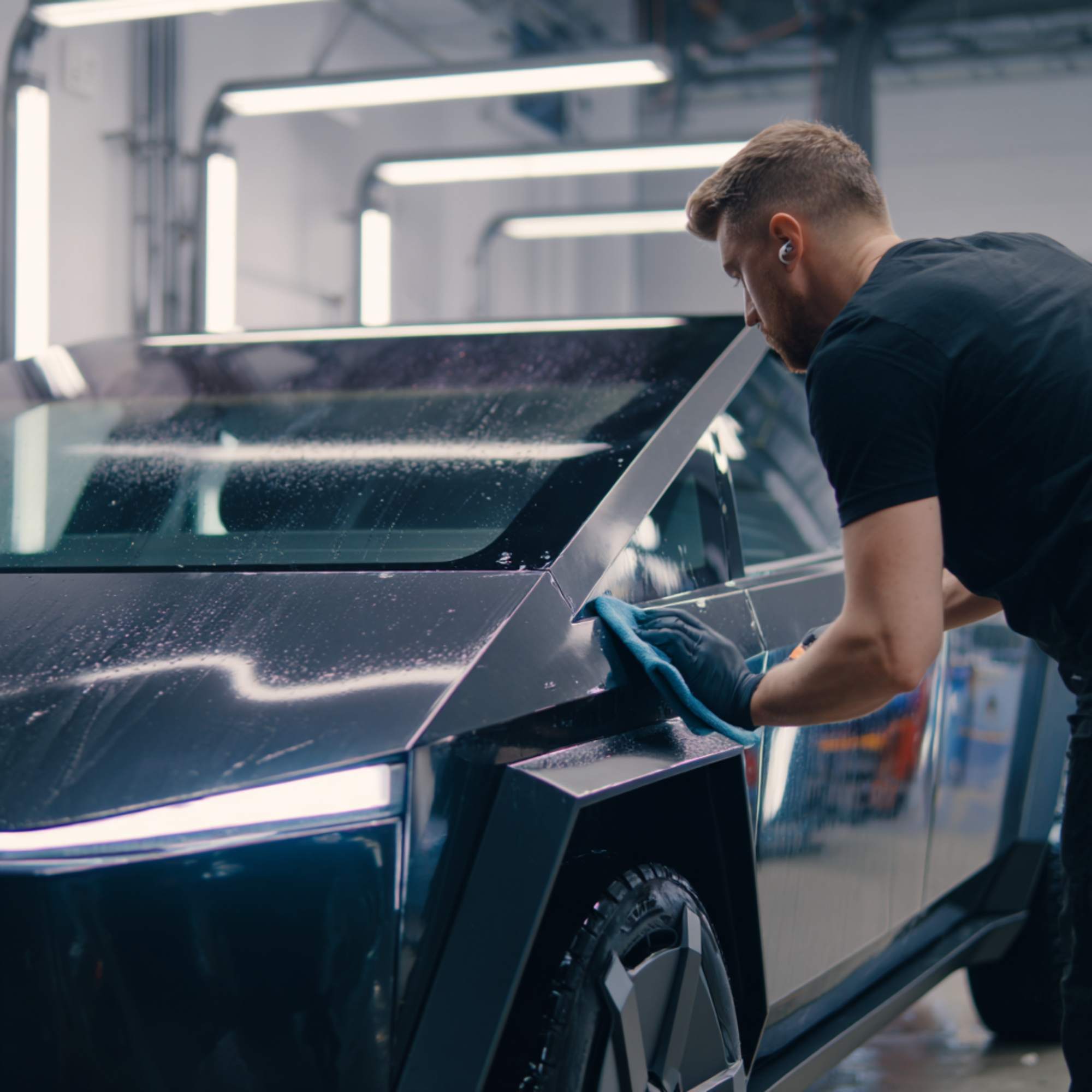
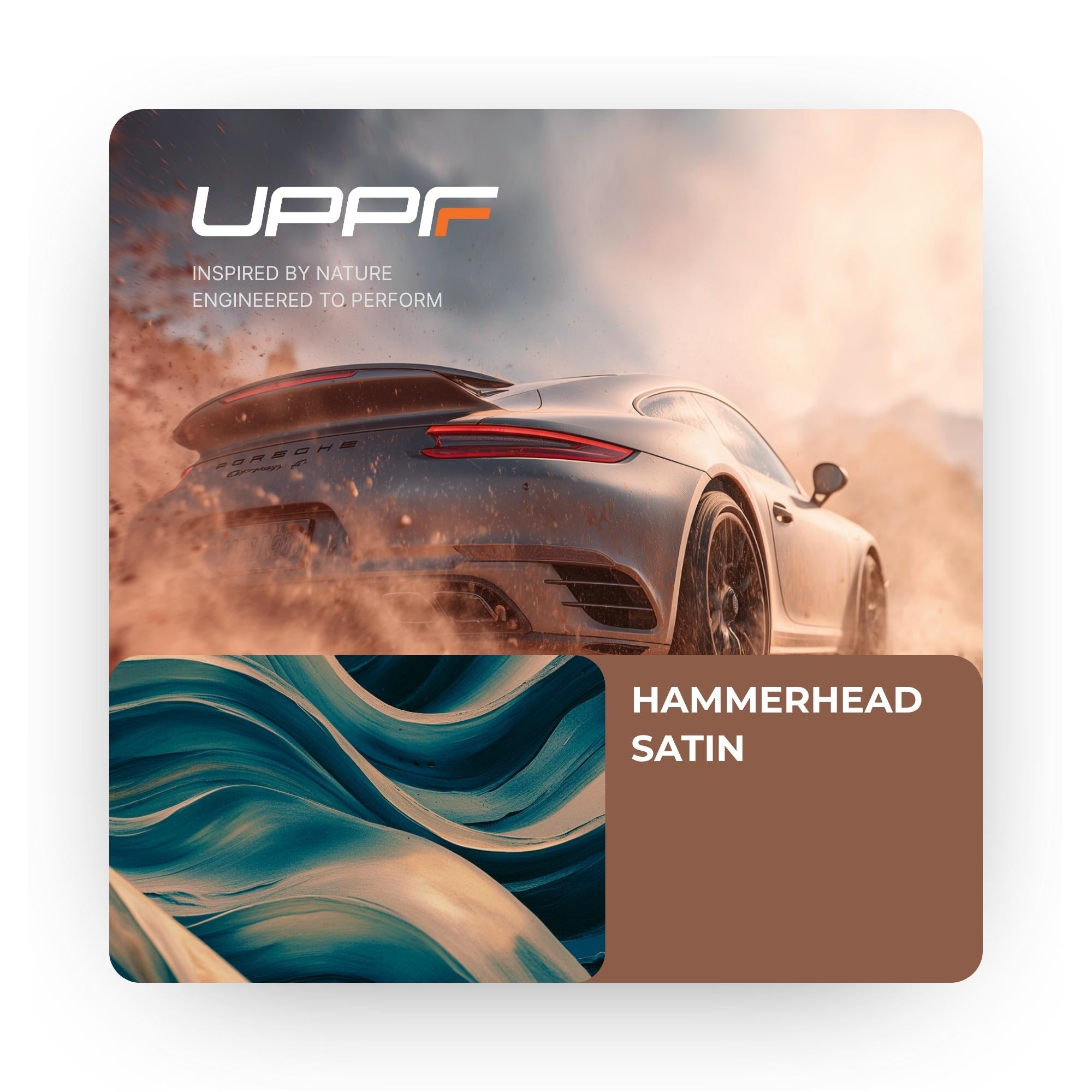
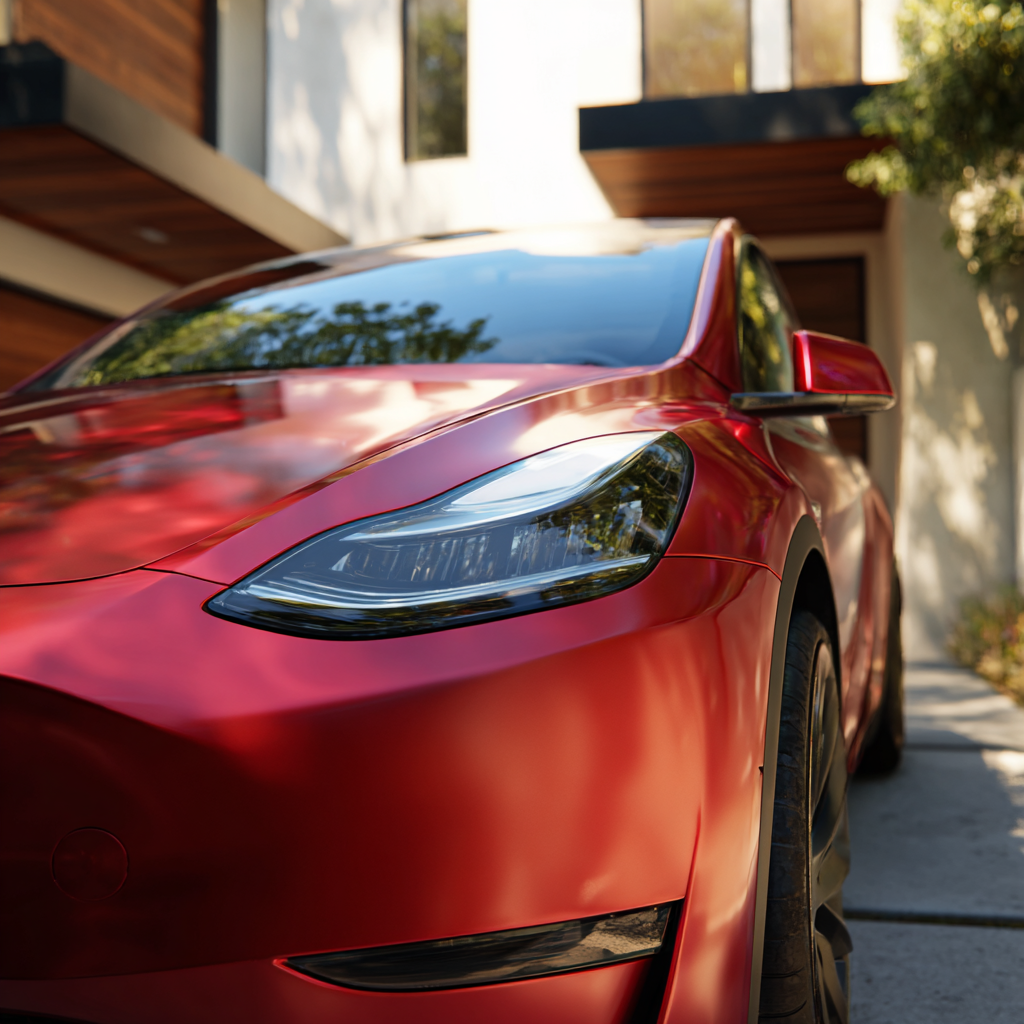

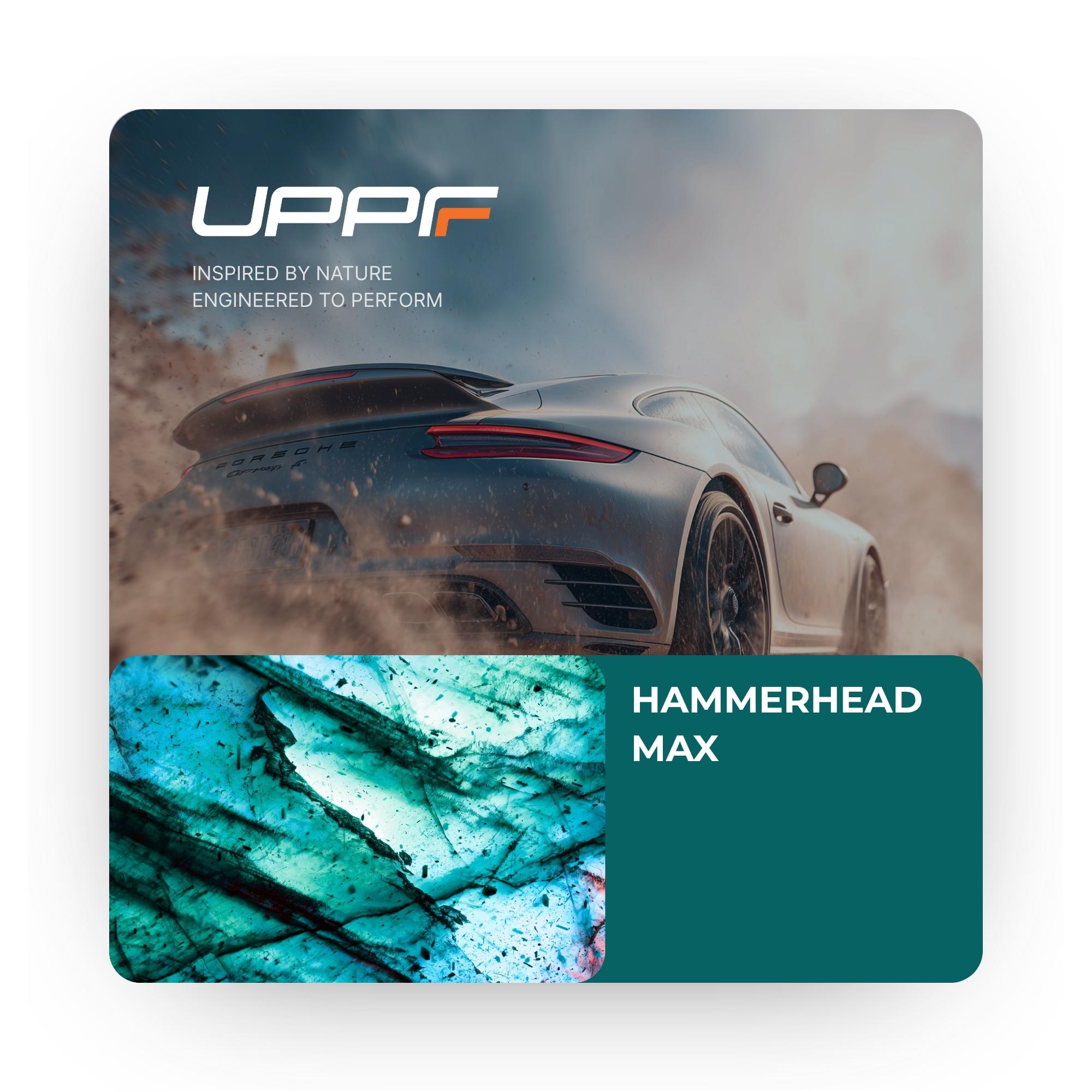
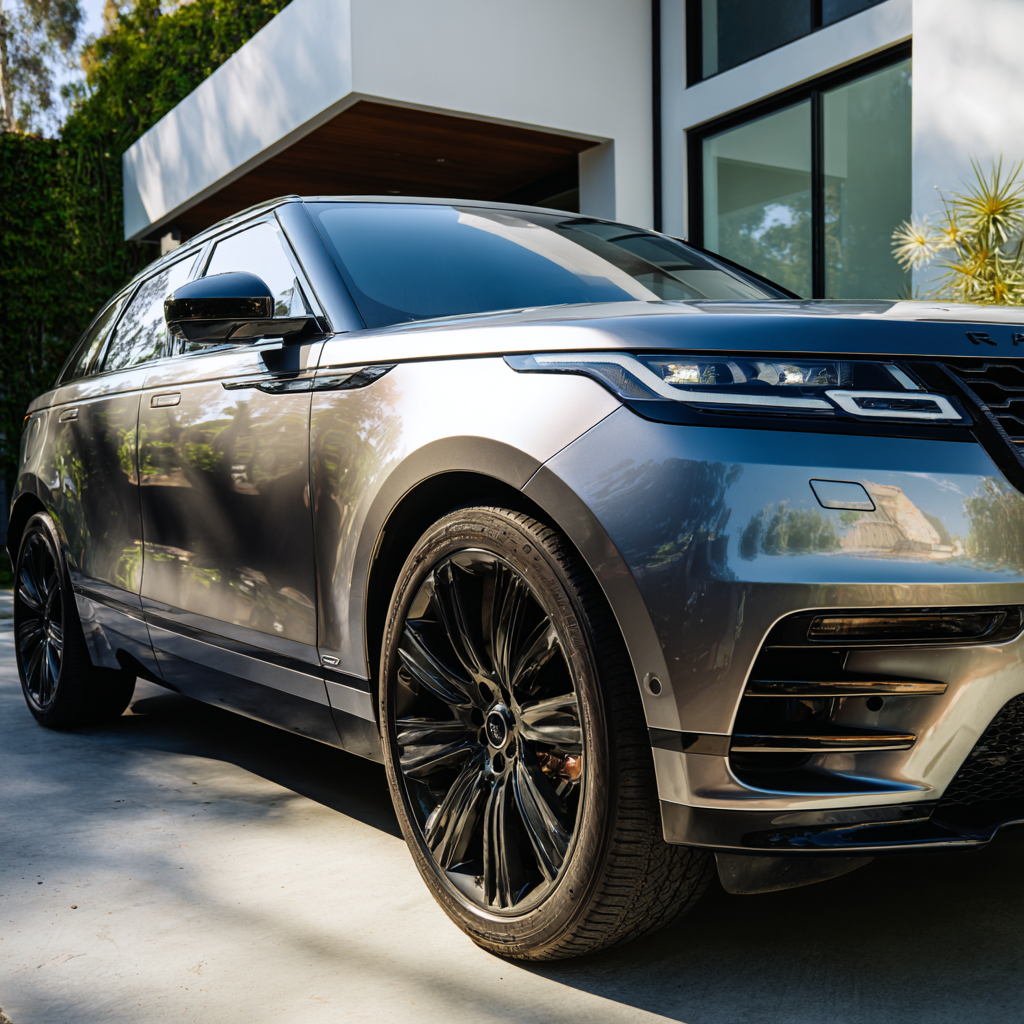

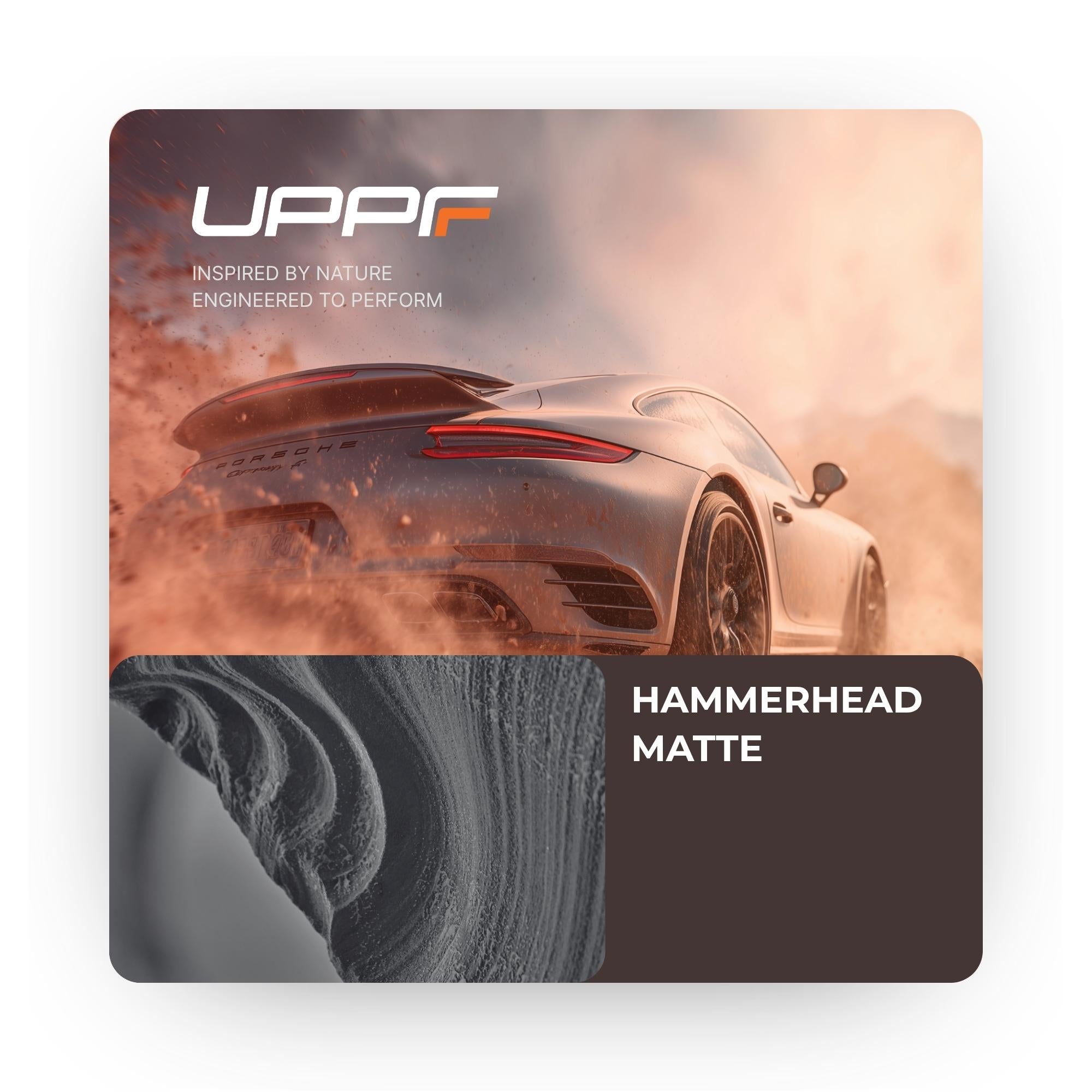

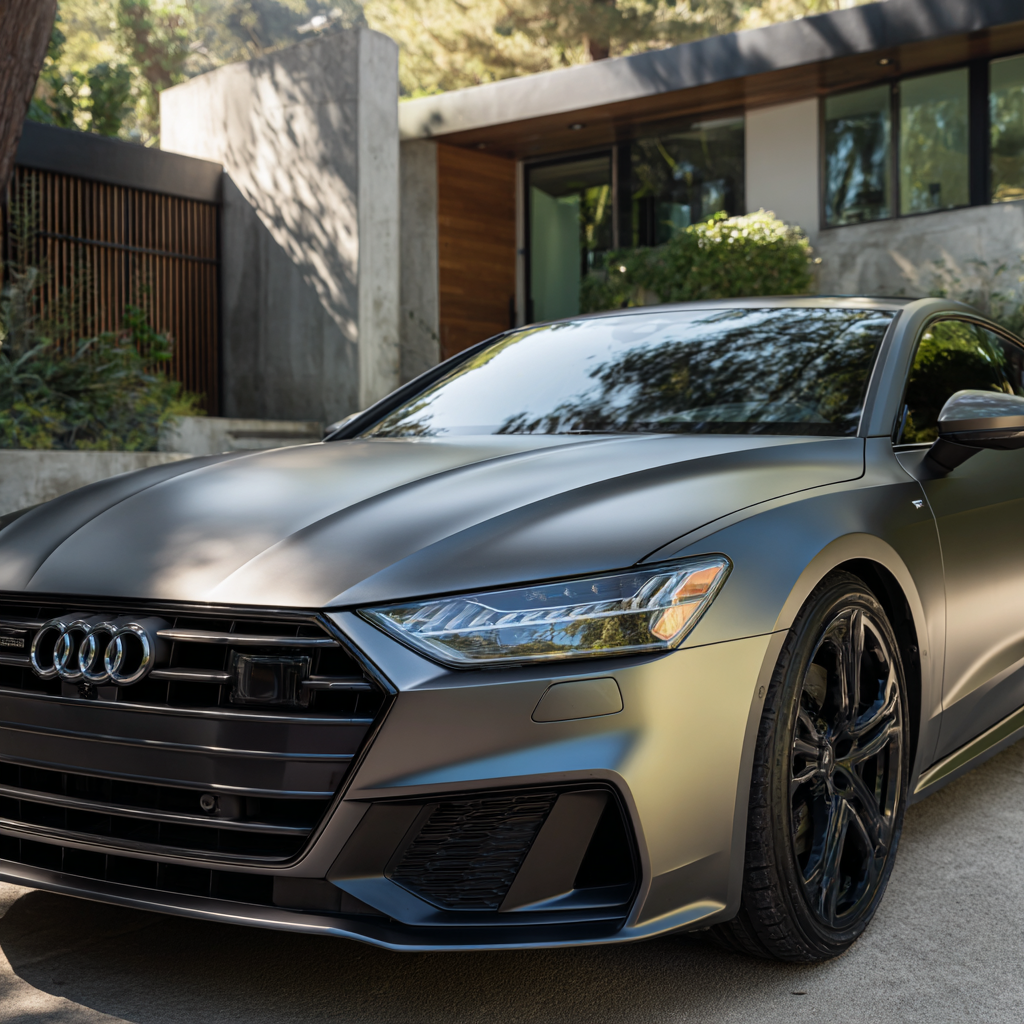
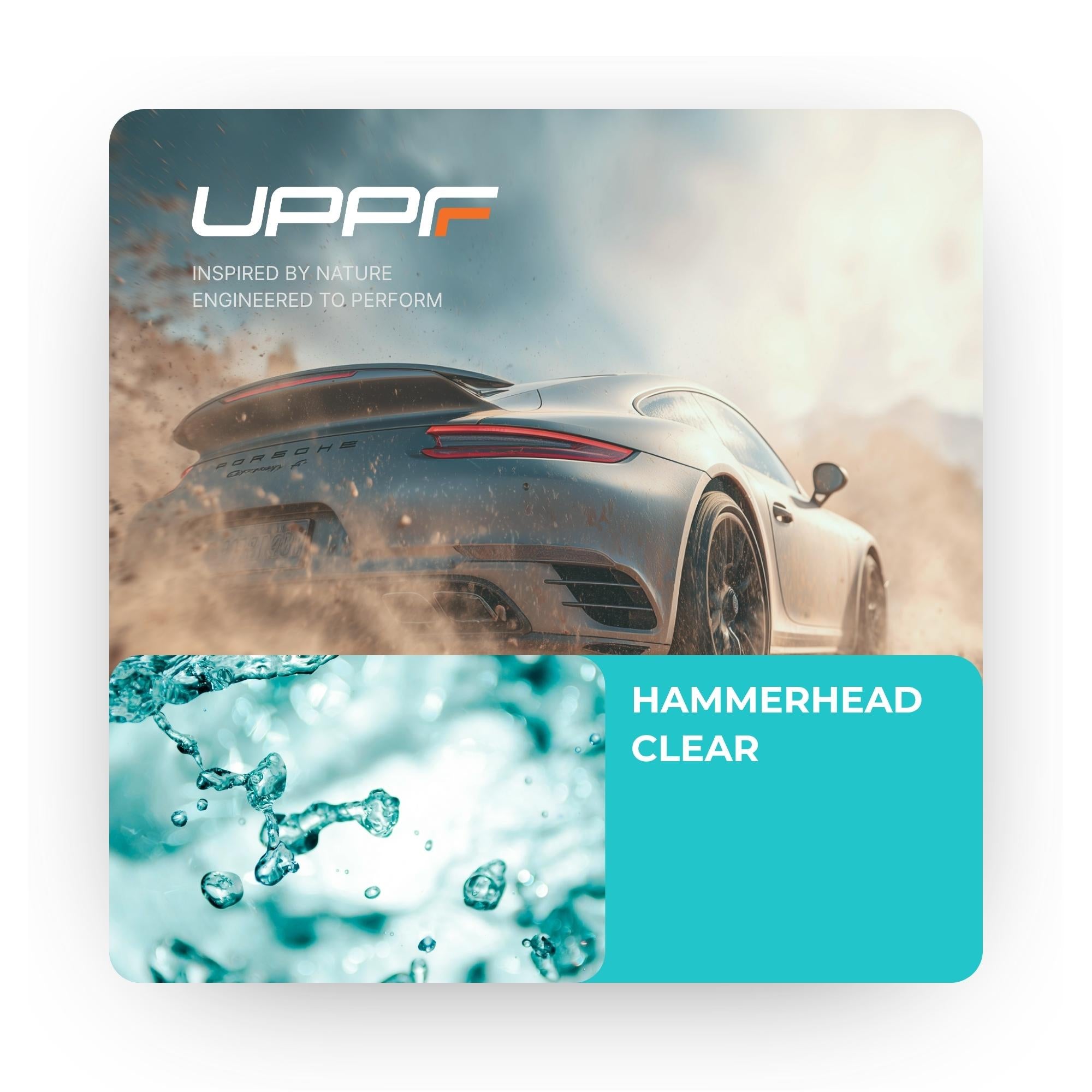


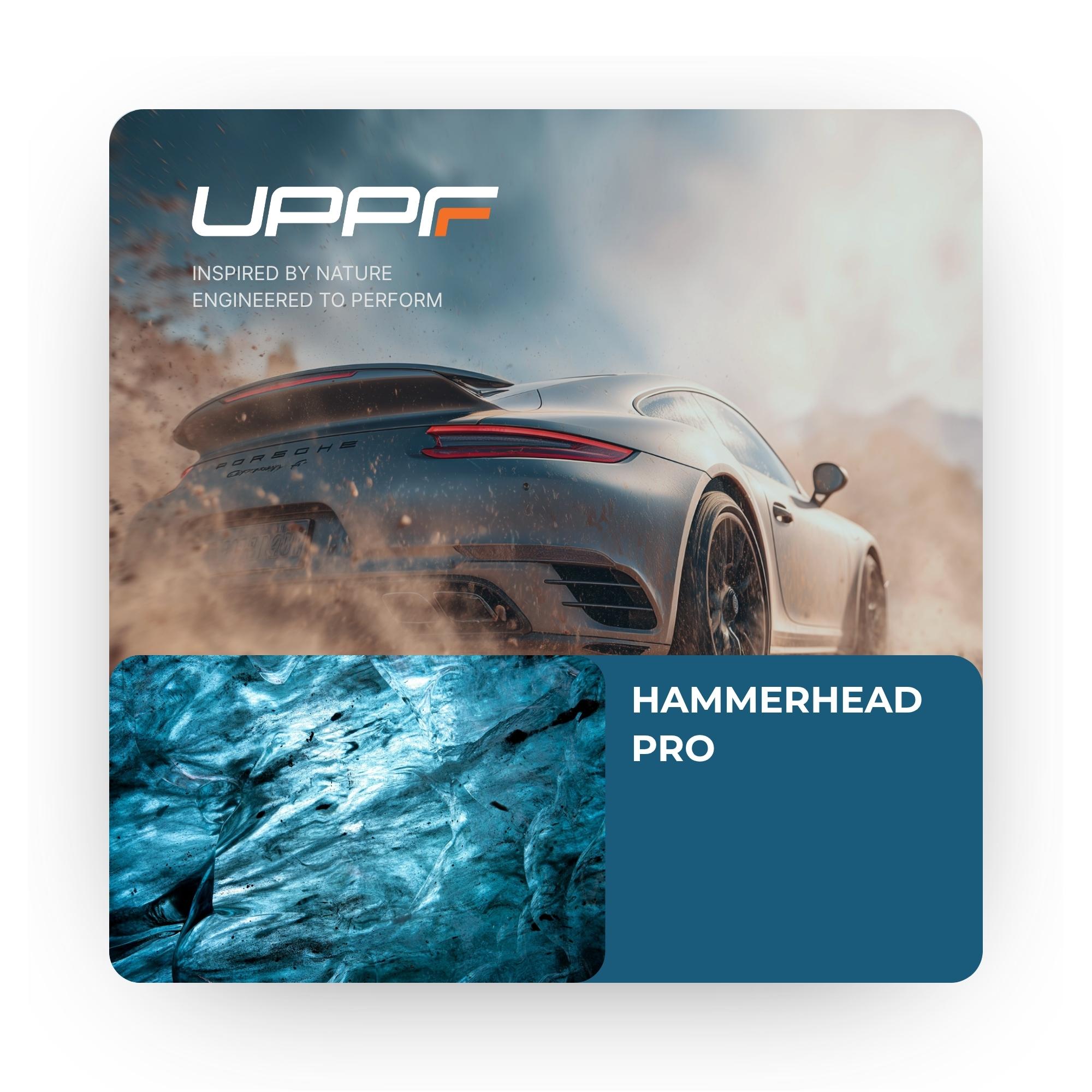



Share:
Will PPF yellow or discolor over time?
Grand Picnic Safa Park Dubai 2025